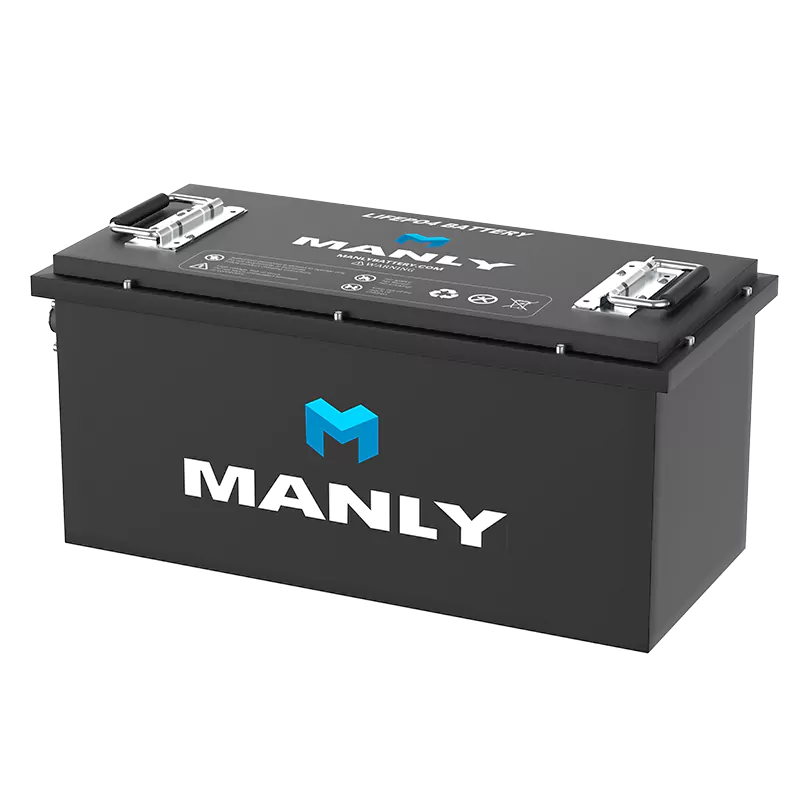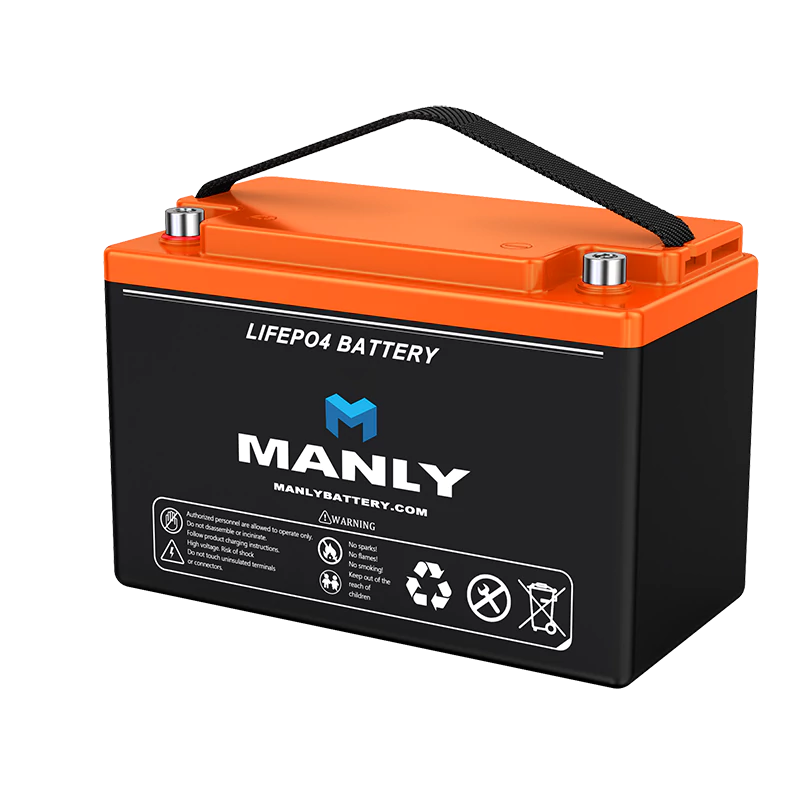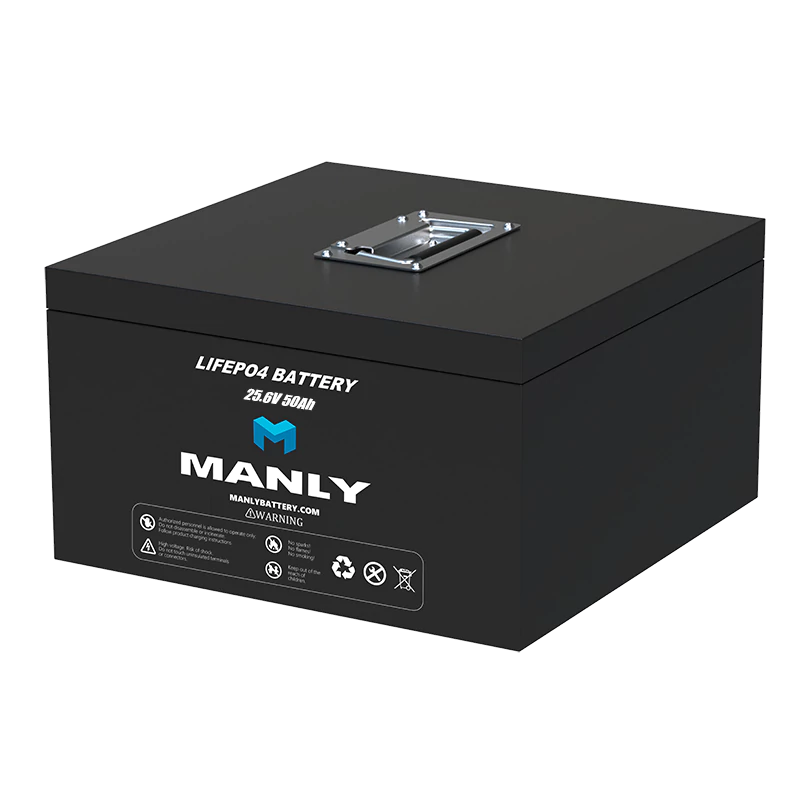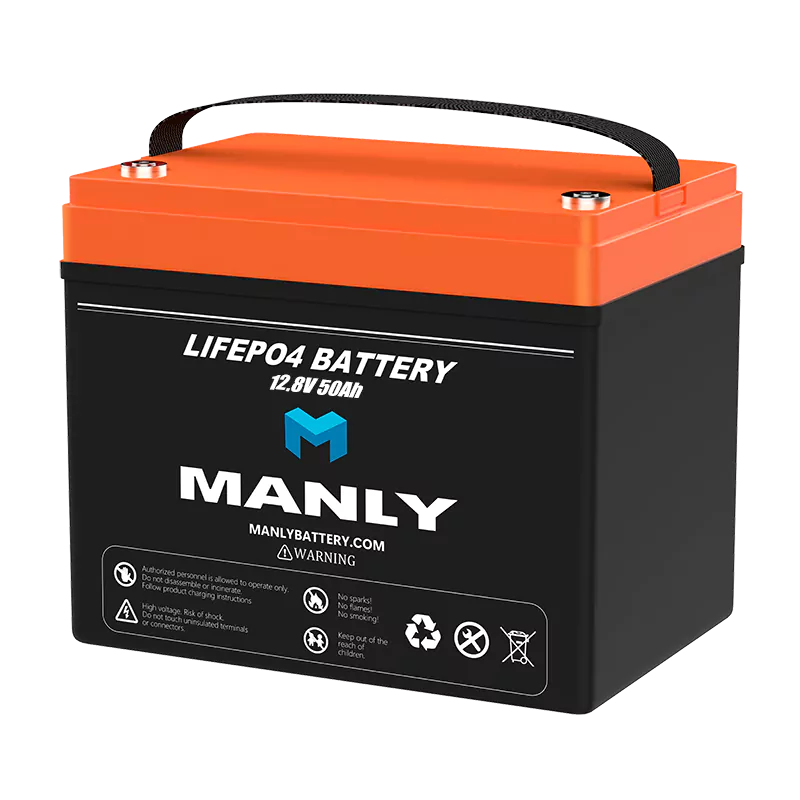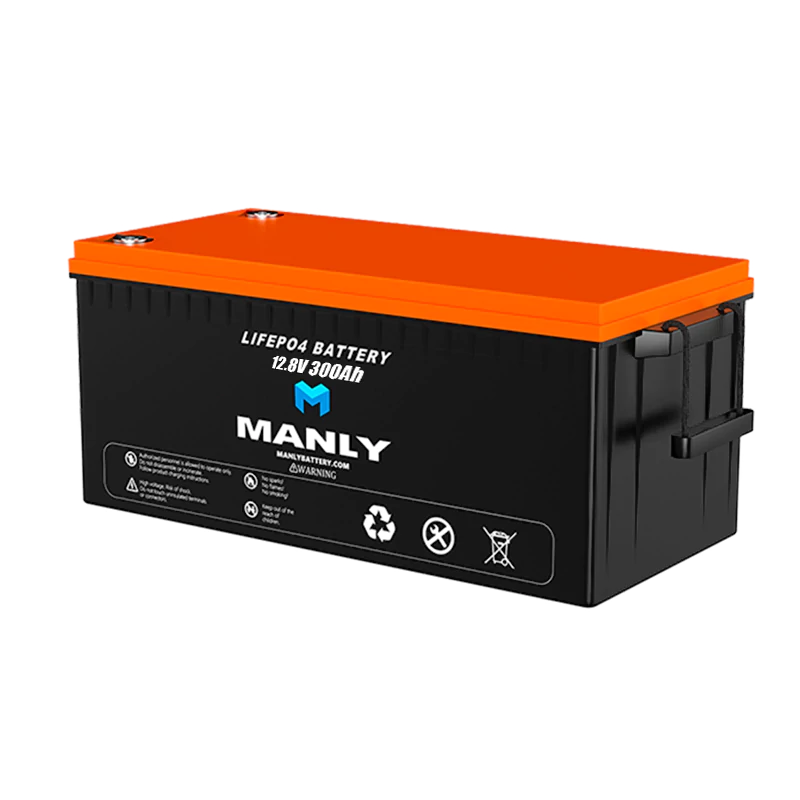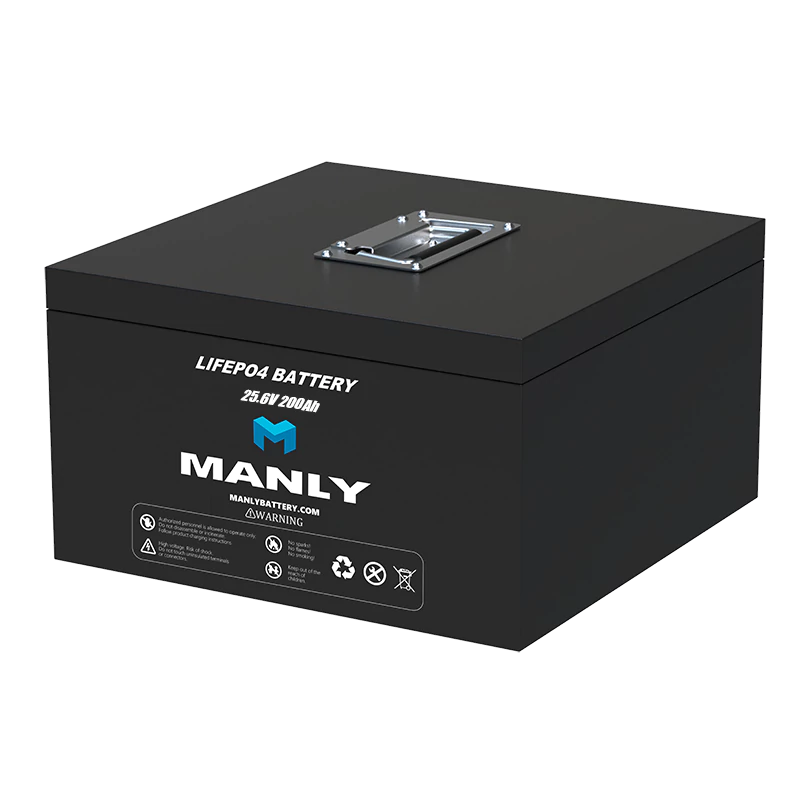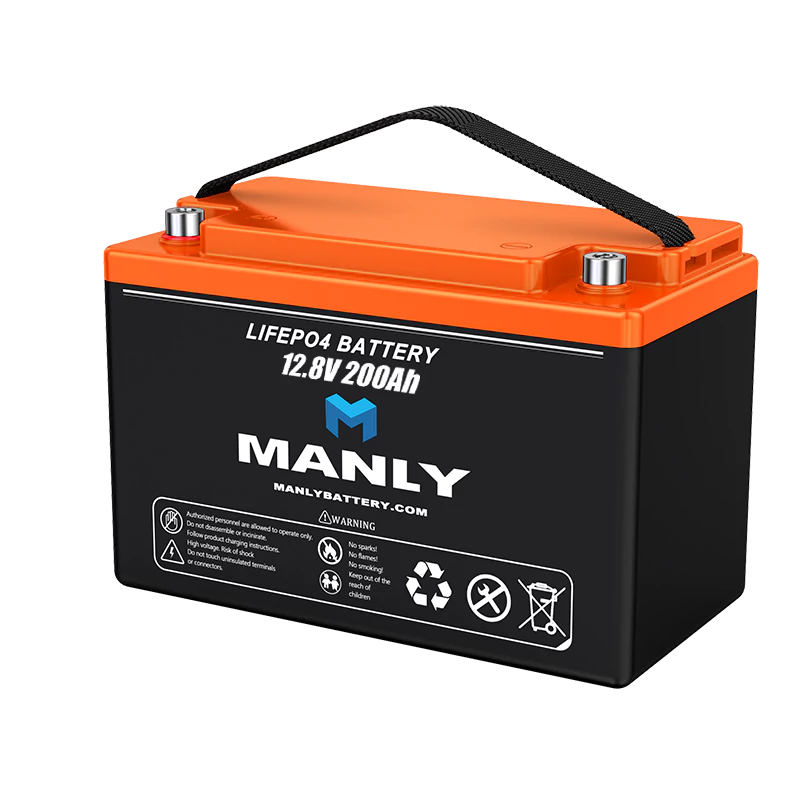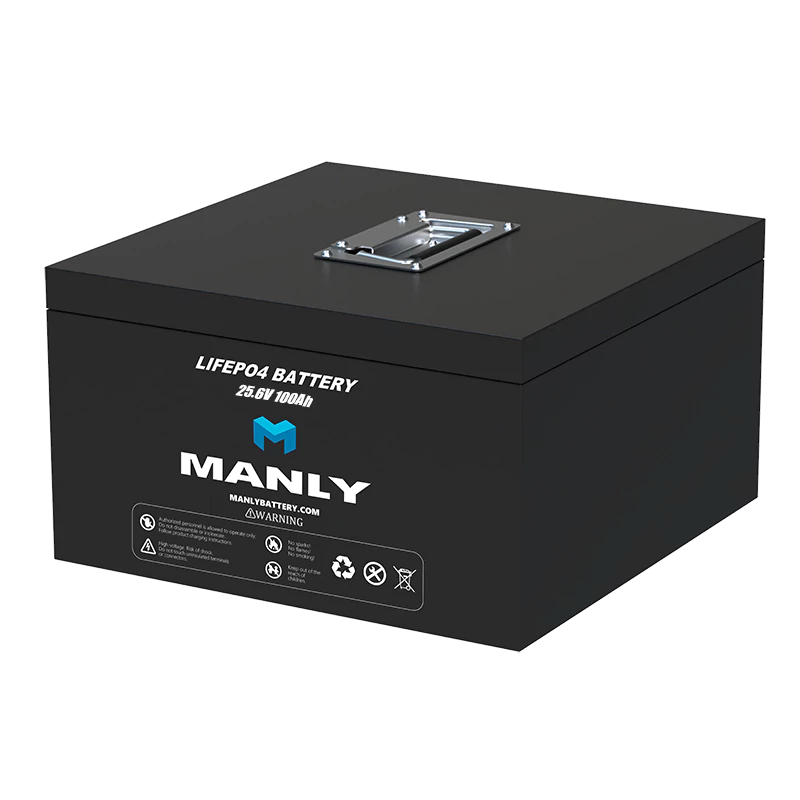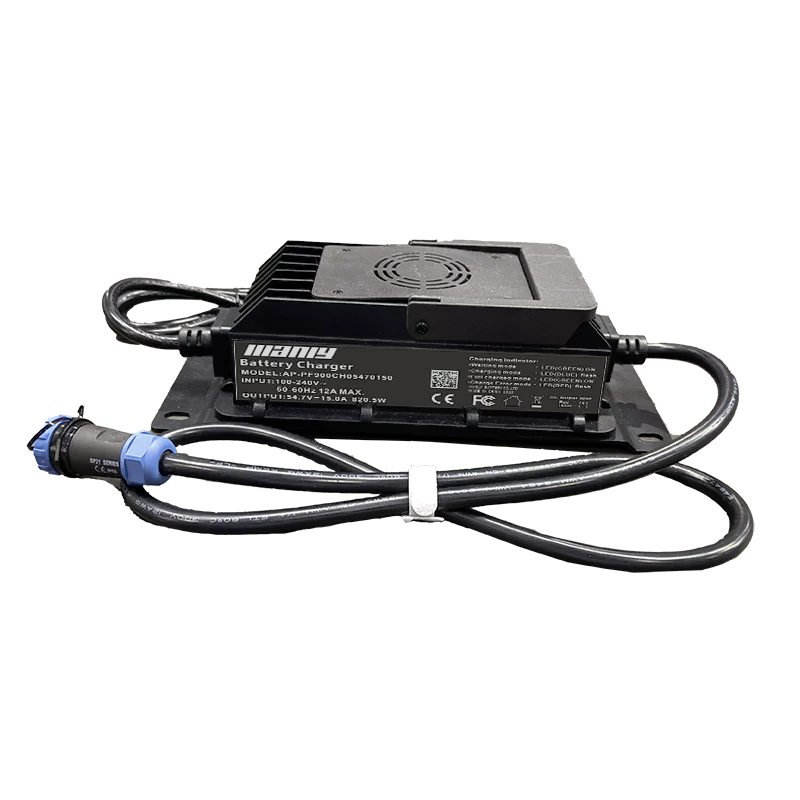Table of Contents
Robot Market Expansion: Decoding Future Tech Trends
In the 1960s, the first robot for factories was born in the U.S. This started a new age of making things. Robots show how advanced a country's technology is. So, countries like Japan and the U.S. spent a lot of money on robot plans. Lately, as countries grow faster, they put money into robot research. Now, there's a big race to see who can make the best robots. These robots are used a lot in the military, factories, hospitals, and services.
1. Exploring the Next Generation: Custom, Soft, and Cloud Robots
Robots are getting popular! By 2030, they'll be worth about $568 billion. They're used everywhere: in factories, hospitals, stores, farms, and the military. Several things, like cloud computing, AI, and the need for more workers, are helping robots get better.- AI & Robots: AI, especially machine learning (ML), helps robots adapt to situations based on sensor data. There's a cool chip that acts like a brain, and it teaches robots to think.
- Edge Computing: While many robot tasks can use the cloud, there are safety and speed concerns. Edge computing, which processes data locally, improves robot speed and safety.
- Cybersecurity: Robots, especially connected ones, can get hacked! This is bad because it can lead to stolen information or messed up products. Companies are now making sure robots are safe from these hackers.
- Industrial Internet: This means machines and processes in factories talk to each other more. They send data beyond the factory, which is managed by cloud services. It's a big chance for current factories and processes.
- Cloud Robots: Advances in AI make robots smarter, so they can do more jobs. Cloud computing helps manage sensing, calculations, and memory for these robots. Big companies like Amazon and Google are leading this.
- Robot Centers of Excellence (CoE): CoEs develop and put in place robot solutions that meet industry needs. They help companies achieve automation goals.
- Open Process Automation (OPA): Traditionally, robot parts only worked with products from the same company. But now, there's a push for parts to work universally. ExxonMobil started a plan to make this happen.
- Lightweight Design: Robots in the 2020s will be smaller and lighter. This makes them more flexible, cost-effective, and easy to use. This trend is seen both in the robot's body and its "brain."
- Custom Robots: Making a robot can be boring, hard, and pricey. So, companies are trying to create customizable robot blueprints. A company called Elephant Robotics made a smart robotic arm that can be used in many ways.
- Self-healing Soft Robots: Some robots are made from soft materials instead of metal. These robots work more like muscles. Research is happening to make them self-repair, so they're more adaptable.

2. Types of Robot Battery
2.1 Choosing the Right Robot Battery: NiMH vs. Lithium-Ion vs. Lead Acid
As our world shifts to smarter living, the variety of robots we use has expanded. Every industry now taps into robots to enhance efficiency and drive down production costs. But at its core, a robot is a product, and like all products, it needs power. That power is sourced from batteries. Therefore, a robot's performance hinges on its battery's efficiency. So, what type of robot battery is essential?- Nickel-Metal Hydride (NiMH) Robot Batteries: Affordable consumer robots, like robotic vacuums or toy robots, often opt for NiMH batteries. Why? These robots aim to be budget-friendly, so there's a pressing need to cut costs. In the realm of robot battery pricing, NiMH stands out as a cost-effective choice. Plus, household robots don't require massive capacity or high discharge rates - and NiMH batteries excel in this area.
- Lithium-Ion Robot Batteries: High-end robots, such as smart robots, warehouse robots, or educational robots, lean towards lithium-ion batteries. These advanced robots demand a battery with substantial capacity and a long lifespan. Also, given their premium price tag, they're less sensitive to battery cost, making lithium-ion batteries a prime pick.Digging deeper, lithium-ion batteries come in two forms: polymer lithium-ion and cylindrical lithium-ion. Polymer variants, known for their flexibility and high discharge rates, are popular in robots with space constraints and weight limits, like drones from DJI and educational robots. On the flip side, cylindrical lithium-ion batteries are often found in AGV warehouse robots and cleaning robots.
- Lead Acid Robot Batteries: Due to their hefty size and weight, lead-acid batteries are typically reserved for stationary robots. They're commonly used as backup power sources. Their installation and operational costs are low, they have consistent performance, and their long-standing presence in the market makes them an affordable option. However, their significant environmental footprint isn't aligned with sustainability goals. As such, they're gradually being replaced by lithium-ion robot batteries.
2.2 MANLY Battery: Top Choice for Premium Robot Performance
MANLY Battery: China's Premier Battery Producer Celebrating Over 10 Years of MasteryLocated in China's industrial heartlands, MANLY Battery shines as an elite wholesale battery maker with a rich legacy over 13 years deep. Our unmatched battery craft is backed by unwavering commitment and excellence. Daily, our production hubs craft battery cells and packs, reaching an impressive 6MWh. Plus, our dedication is evident in our daily assembly of 3,000+ batteries - a testament to our balance of volume and value. Our state-of-the-art battery facilities span a massive 65,000 square meters in key Chinese hubs: Shenzhen, Dongguan, and Huizhou.Specializing in Advanced Robot Batteries with Pivotal Features:- Custom-Designed Excellence: At MANLY, client preferences reign supreme. Our tailored battery solutions present unparalleled customization, from voltage to design, ensuring impeccable alignment with client needs.
- 10-Year Warranty Guarantee: We embed durability and quality at our product's heart, emphasized by a decade-long warranty pledge.
- Safety Meets Superior Performance: Beyond high performance, our batteries shine in safety. Equipped with overcharge protection, short-circuit resilience, and more, they prioritize user welfare. Their design ensures unwavering function even post heavy impacts and supports versatile connectivity.
- Peak Performance in Extremes: MANLY LiFePO4 batteries outpace SLA and other lithium types. Operating seamlessly from -20°C to 75°C (-4°F to 167°F), they're engineered for challenging conditions. Yet, for prime performance, we advise sticking to recommended charging temperatures.
- Energy Efficiency Leaders: Experience peak energy efficiency at 95% with our LiFePO4 batteries, outclassing traditional batteries which average at 70%. Expect swifter charging and minimal energy drain.
- Elevated User Interaction: Enhancing user engagement, our batteries come with cutting-edge perks, like Bluetooth integration and a clear battery level indicator.

3. The Rise of the Robot Market: A Look into the Next Decade
The robot market is set to grow in the next ten years. As robots reach more areas, leaders must get the money benefits while lessening bad impacts on society.China: China's impact on the world economy is big. Even with the COVID issue, China made the most cars in 2020. They use over 33% of the world's semiconductors and 38% of the industrial robots. China is also the top user of materials like copper and lithium. They aim to match the U.S., Japan, and Korea in areas like robots and AI. Companies like Baidu and Tencent use AI. China owns a leading robot company called KUKA.Japan: Robots are big in Japanese factories. Companies like FANUC and Kawasaki lead the world. Japan has the third most robots in factories. Robots also help old people in Japan. In the 2020 Tokyo Olympics (held in 2021 because of COVID), Japan showed off its robots. They also make key robot parts.Europe: Europe is trying to catch up in tech. Germany is ahead in Europe for robots. KUKA is a big robot company there, but it's owned by China since 2016. Europe has an aging population. Some companies, like Kompaï Robotics in France, make robots to help the elderly.Future Jobs: Robots change how we work. Robots help make factories smarter. Big robot companies like FANUC and KUKA are leaders. Some worry that robots will replace human jobs. In Japan, robots help in care centers. Korea has many robots in workplaces, even more than Japan and Germany.Diverse Uses: Robots are mainly used in car factories. But now, they are used in other areas too. Companies in electronics, plastics, and food also order more robots.







